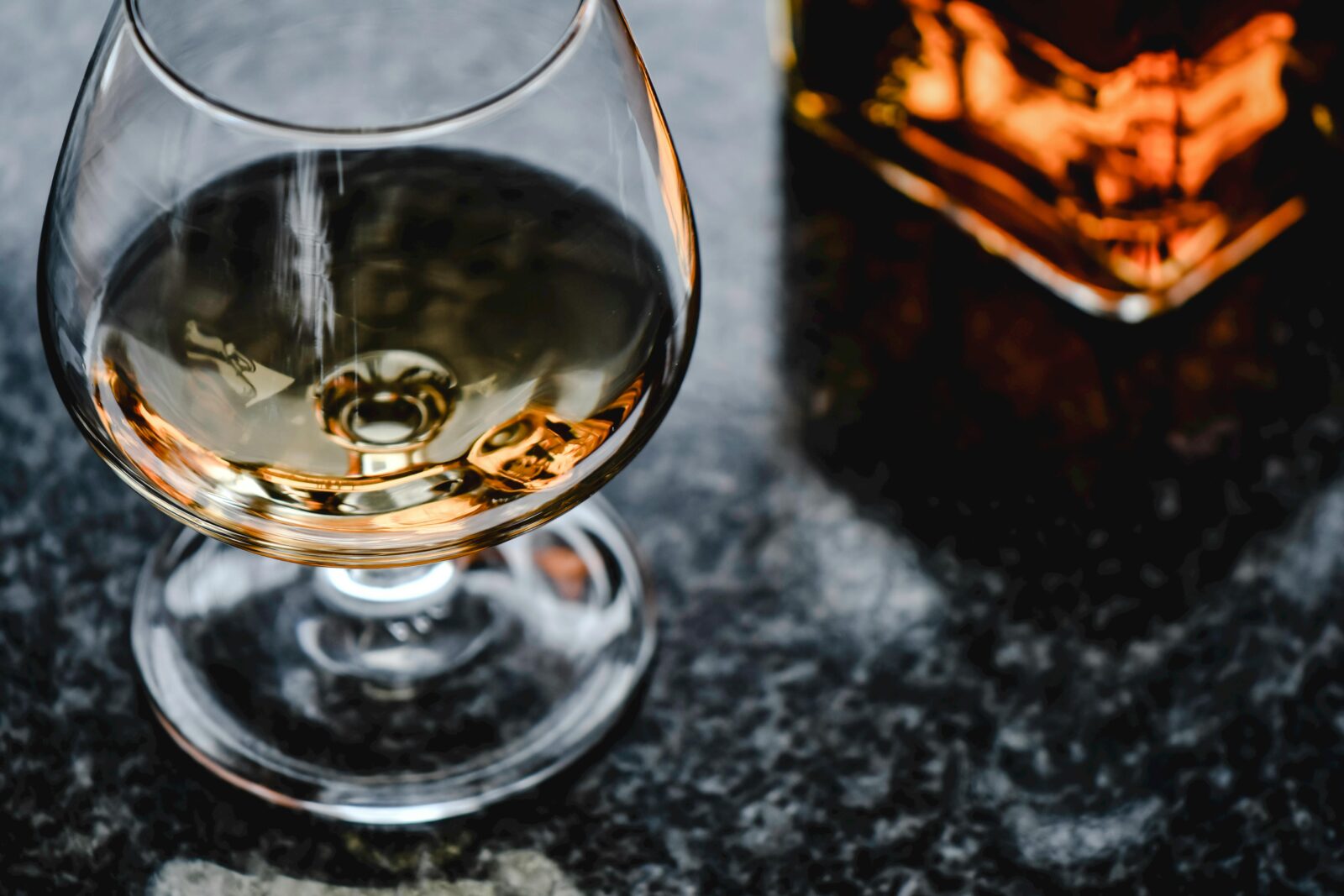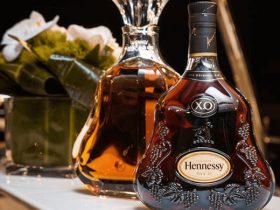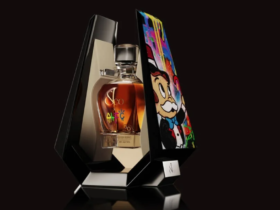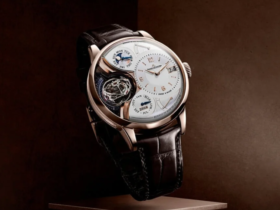

Unraveling the Distinctive Charms of Cognac a type of Brandy vs Sherry
Subscribe to our Newsletter!
Get our latest news straight into your inbox


When it comes to indulging in the world of spirits, the debate between brandy and sherry often sparks curiosity among enthusiasts. With their rich histories and unique production methods, Cognac and Sherry stand out as iconic examples of these beloved libations. Let’s embark on a journey to explore the nuances that set a nice Cognac apart from a delightful Sherry, shedding light on their origins, flavor profiles, and serving recommendations.
Understanding Cognac: The Essence of Elegance
Cognac, a type of brandy produced in the Cognac region of France, embodies sophistication and refinement. Made from specific grape varieties such as Ugni Blanc, Colombard, and Folle Blanche, Cognac undergoes a meticulous distillation and aging process to achieve its signature complexity and depth of flavors.
Delving into Cognac Excellence:
1. Grapes and Terroir: Cognac production is deeply rooted in the region’s terroir, with the chalky soils and maritime climate contributing to the unique character of the grapes. The grape harvest, distillation, and aging in oak barrels are all carefully controlled to ensure the quality and consistency of Cognac.
2. Aging and Blending: Cognac aging is a crucial stage that shapes the spirit’s flavor profile. The aging process in Limousin oak barrels imparts notes of dried fruits, oak, vanilla, and spice to Cognac. Master blenders skillfully combine different eaux-de-vie to create harmonious blends with a balance of flavors and aromas.
Exploring Sherry: A Spanish Delight
Sherry, a fortified wine produced in the Jerez-Xérès-Sherry region of Spain, offers a diverse range of styles that cater to a variety of palates. From bone-dry Fino to lusciously sweet Pedro Ximénez, Sherry showcases the artistry of winemaking and the influence of the region’s distinctive climatic conditions.
Unveiling the Beauty of Sherry Varieties:
1. Aging and Flor: Sherry undergoes a unique aging process under a layer of yeast called “flor,” which protects the wine from oxidation and imparts distinct flavors. Fino and Manzanilla styles develop delicate almond and saline notes, while Oloroso and Pedro Ximénez offer rich, nutty, and sweet characteristics.
2. Solera System: The solera system, a traditional method of blending and aging Sherry, ensures consistency and complexity in the final product. By incorporating different vintages over time, Sherry producers achieve a harmonious balance of flavors that reflect the region’s terroir and winemaking traditions.
Cognac vs Sherry: A Connoisseur’s Delight
Flavor Profiles:
Cognac: Known for its fruit-forward, spicy, and woody aromas, Cognac delights the palate with layers of complexity and elegance.
Sherry: From the bone-dry tang of Fino to the luscious sweetness of Pedro Ximénez, Sherry offers a spectrum of flavors that cater to diverse preferences.
Pairing Recommendations:
Cognac: Enjoy Cognac neat or in classic cocktails like the Sidecar or Sazerac for a sophisticated sipping experience.
Sherry: Explore the versatility of Sherry by pairing it with tapas, cheeses, or desserts to enhance the dining experience and elevate your taste buds.
In conclusion, the distinction between a nice Cognac and a delightful Sherry lies in their unique production methods, flavor profiles, and cultural significance. Whether you savor the elegance of Cognac or the diversity of Sherry styles, each sip offers a glimpse into the craftsmanship and artistry that define these beloved spirits.
– Advertisement –
Subscribe To Our Newsletter
Stay informed with our latest news delivered directly to your inbox.















Leave a Review